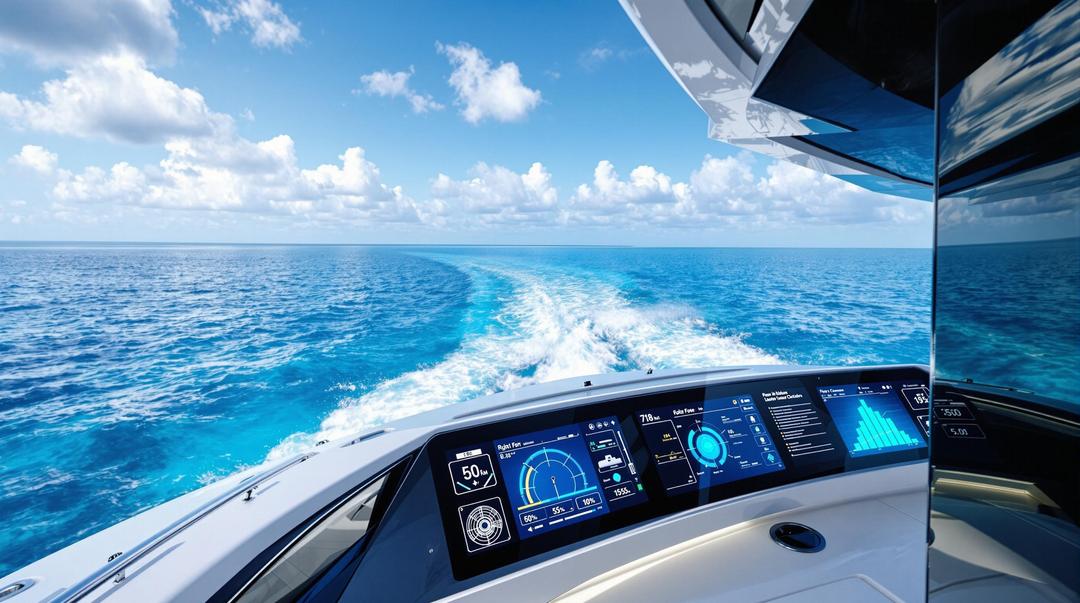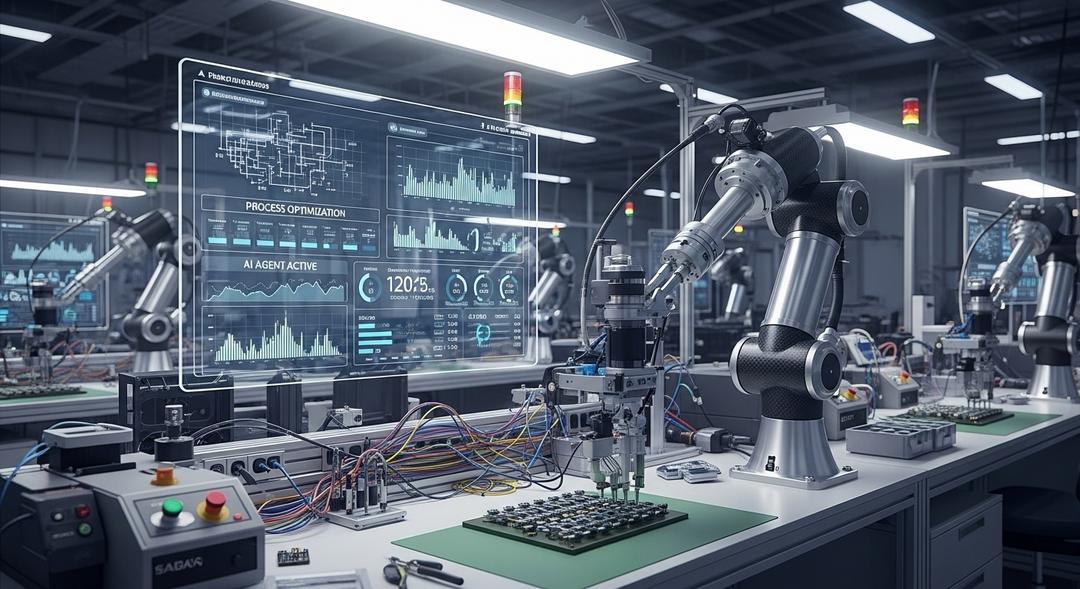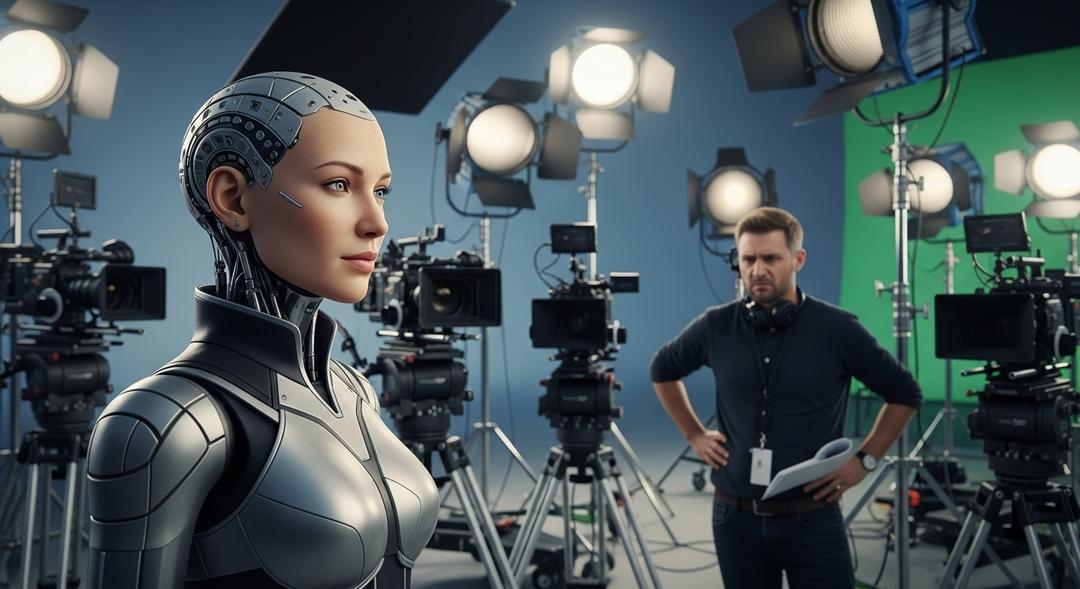Imagine strolling into your yacht’s saloon and telling an invisible assistant to adjust the lights while the air cools just to your liking—no switches, no fuss.
This is no longer a fantasy. Yacht builders are now blending artificial intelligence with high-end vessel systems, and the results are reshaping life at sea. Several new models speak to their owners, reacting to simple voice requests and automating common tasks, but the technology is making bigger leaps by the day.
Azimut Yachts and Numarine have pressed ahead with smart platforms able to announce the weather and respond to basic commands, making yacht living a little more hands-off. However, Rossinavi’s new flagship, the 140-foot Seawolf X, is setting a fresh benchmark with adaptive AI reigning over multiple systems.
Seawolf X’s entire experience is geared around owner comfort and efficiency. integrated smart yacht controls, developed with the University of Pisa and Videoworks, quietly studies routines on board and tweaks air conditioning, light, and overall performance.
AI’s Influence on Navigation and Safety
The difference is noticeable on long journeys. Thanks to advancements in the yacht’s shape, battery storage, and a blend of diesel and electric power, Seawolf X can cruise 5,400 nautical miles before refueling—a range far superior to most rivals near its size.
Yet the rise of marine AI comes with questions. Some worry about what happens if the machines gain too much autonomy, potentially leaving humans out of the loop. Francesco Pierpaoli, CIO at Videoworks, eases those fears by pointing to the ship’s safety net: “It’s always a tiered decision for the captain—no AI, limited AI, or total AI. And with the most advanced setting, privacy remains intact since only the air and lights get adjusted.”
Meanwhile, other builders are targeting safety with new precision. Baltic Yachts has begun fitting hulls with tech that can spot floating debris before radar does, using camera and sensor arrays to reduce risks at sea. Boston Whaler is also joining the movement, preparing to launch its collision-avoidance technology on smaller yachts where the margin for error is even slimmer. The extra layer of intelligence can even guide vessels into the dock without human input, lowering stress and maximizing protection.
Just over the horizon, sci-fi visions keep tempting designers. Feadship imagined a command hub beneath decks—no traditional bridge, just augmented screens showing every angle of the ocean, placing captains at the helm of something that looks right out of the future. Pierpaoli said, “Nowadays, a full system that once seemed impossible a year ago is not just a dream, it’s within our grasp.” He hints that robot crew members and AR windows may soon fill superyachts.
Paul Hunton, a specialist in maritime cyber, believes this new era is about potential. “All AI is doing at the moment is being a superefficient human being,” he observes, suggesting the yachting world is still deciding just how far it will go.
For now, owners are reveling in this new chapter, as maritime autonomy innovation quietly become smarter, safer, and more responsive than ever before.








